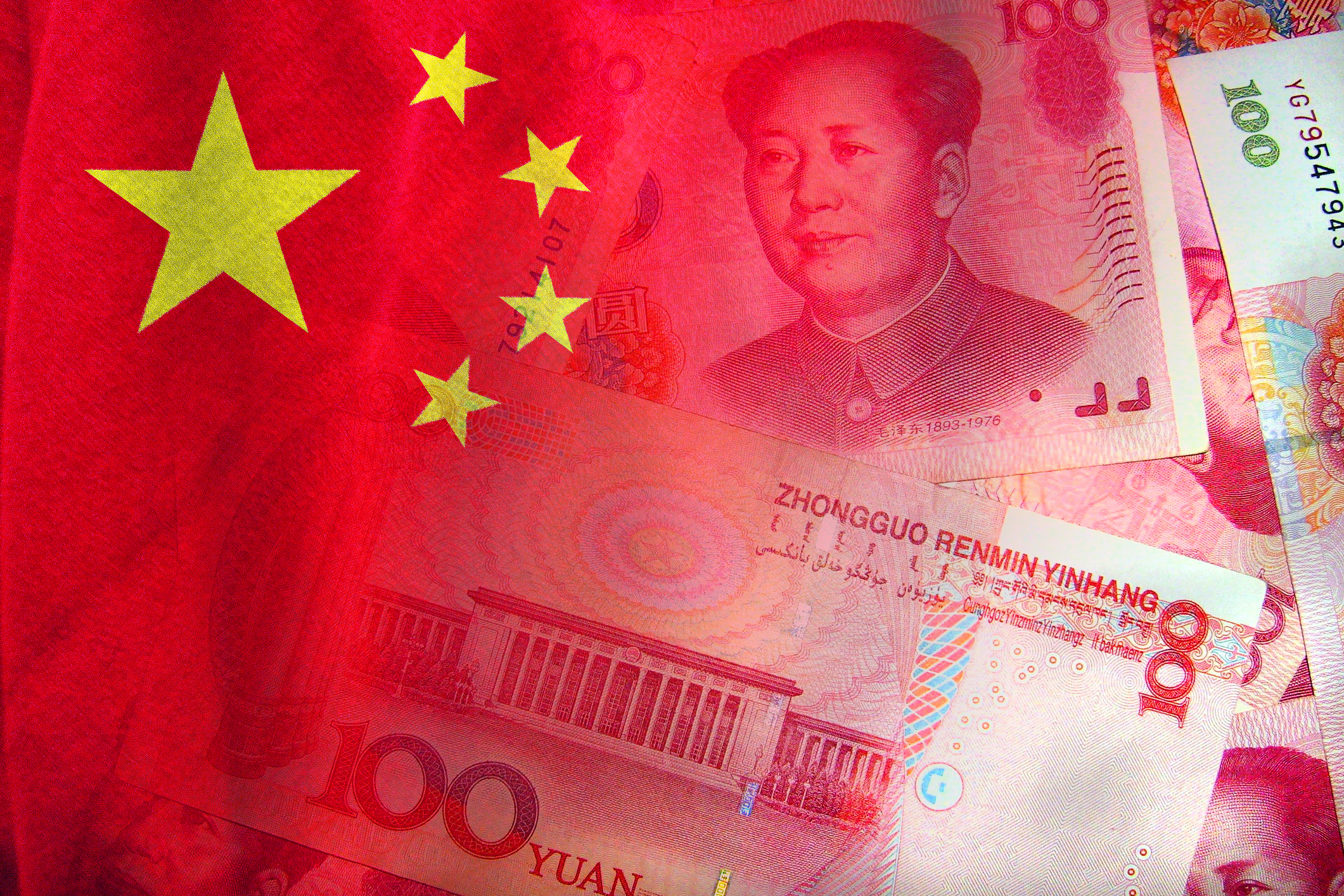China unveiled a 10 trillion yuan ($1.40 trillion) debt package on Friday to ease local government financing strains and stabilise flagging economic growth, as it faces fresh pressure from the re-election of Donald Trump as U.S. president.
The measures confirm last week’s Reuters report, and mark a departure from the all-out stimulus strategies to revive growth China has deployed in the past. They aim to repair municipal balance sheets as a longer-term objective, rather than directly inject money into the economy.
Finance Minister Lan Foan said more stimulus was coming, with some analysts saying Beijing may not want to fire all its weapons before Trump takes over officially in January.
In an apparent reaction to the U.S. election and the intensifying risks to trade, state media CCTV reported that China’s cabinet on Friday approved expanding coverage of export credit insurance and will step up support for trade firms.
But for now, those investors who speculated on a fiscal bazooka may be disappointed.
“I don’t see anything that exceeds expectations,” said Huang Xuefeng, research director at Shanghai Anfang Private Fund Co, in Shanghai. “It’s not huge if you look at the fiscal shortfalls.”
“The money is used to replace hidden debts, which means it doesn’t create new work flows, so the support to growth is not that direct.”
Local governments, facing high debt and falling revenues, have been cutting civil servants’ pay and amassing debts with private sector companies, choking money flows to the real economy and fanning deflationary pressures.
Their strains, stemming from a severe property crisis since 2021 which decimated revenues from residential land auctions to developers – a key source of funds for cities and provinces – had put China’s 2024 growth target of roughly 5% at risk.
China’s longer-term outlook is further clouded by Trump’s threat of tariffs in excess of 60% on all Chinese goods, which has rattled Chinese manufacturers and accelerated factory relocation to Southeast Asia and other regions.
Exporters say the tariffs will further shrink profits, hurting jobs, investment and growth in the process. They would also exacerbate China’s industrial overcapacity and the deflationary pressures it fuels, analysts said.
The package, unveiled at the end of a week-long parliament meeting, included raising the local governments’ debt quota by 6 trillion yuan over the next three years, with the new funds to be used to repay “hidden debts”. It also gave municipalities the greenlight to use for the same purpose another 4 trillion over five years in issuance that Beijing had already approved.
Beijing uses “hidden debt” to describe the loans, bonds and shadow credits of local government financing vehicles, or LGFVs.
Lan said those debts stood at 14.3 trillion yuan at the end of 2023, which authorities planned to trim to 2.3 trillion yuan by 2028. The International Monetary Fund, however, estimates debts of LGVFs amounted to 60 trillion yuan at the end of 2023, or 47.6% of GDP.
Swapping hidden for official debt is expected to save 600 billion yuan in interest for local governments over five years.
Carlos Casanova, Asia senior economist at UBP, estimated China needed a debt package of 23 trillion yuan to reduce the inventory of unsold homes and repay maturing LGFV debt.
The measures announced on Friday “are going to disappoint the market because China needs more essentially,” he said.
MORE SUPPORT
Lan also reiterated officials will issue policies to support state sector purchases of unsold apartments and reclaim undeveloped residential land from property developers, as well as replenish the capital of big state banks.
He did not give details on the size or timing of those measures, which would represent a much more direct way of injecting fiscal oomph into the economy.
“The lack of direct fiscal stimulus suggests that policymakers would leave policy room for the impact of Trump 2.0 later,” said Xing Zhaopeng, senior China strategist at ANZ.
Also without detailing, Lan said Beijing will “intensify efforts” to support manufacturing equipment upgrades and expand a consumer subsidy scheme that targets purchases of appliances and other goods.
Many economists have long argued for stronger consumer stimulus, especially as Beijing faces increasingly higher tariffs on its exports from Washington and other capitals in Europe and elsewhere.
Low wages, high youth unemployment and a feeble social safety net leave China’s household spending below 40% of GDP, or about 20 percentage points behind the global average.
“I don’t think that we will see direct fiscal stimulus aimed at consumption anytime soon,” UBP’s Casanova said.
“I think you will need a lot more pain for that to materialize,” he said. “China is probably going to hold back some of that fire power until they have a better idea of what President Trump is planning.”
(Reuters)




















